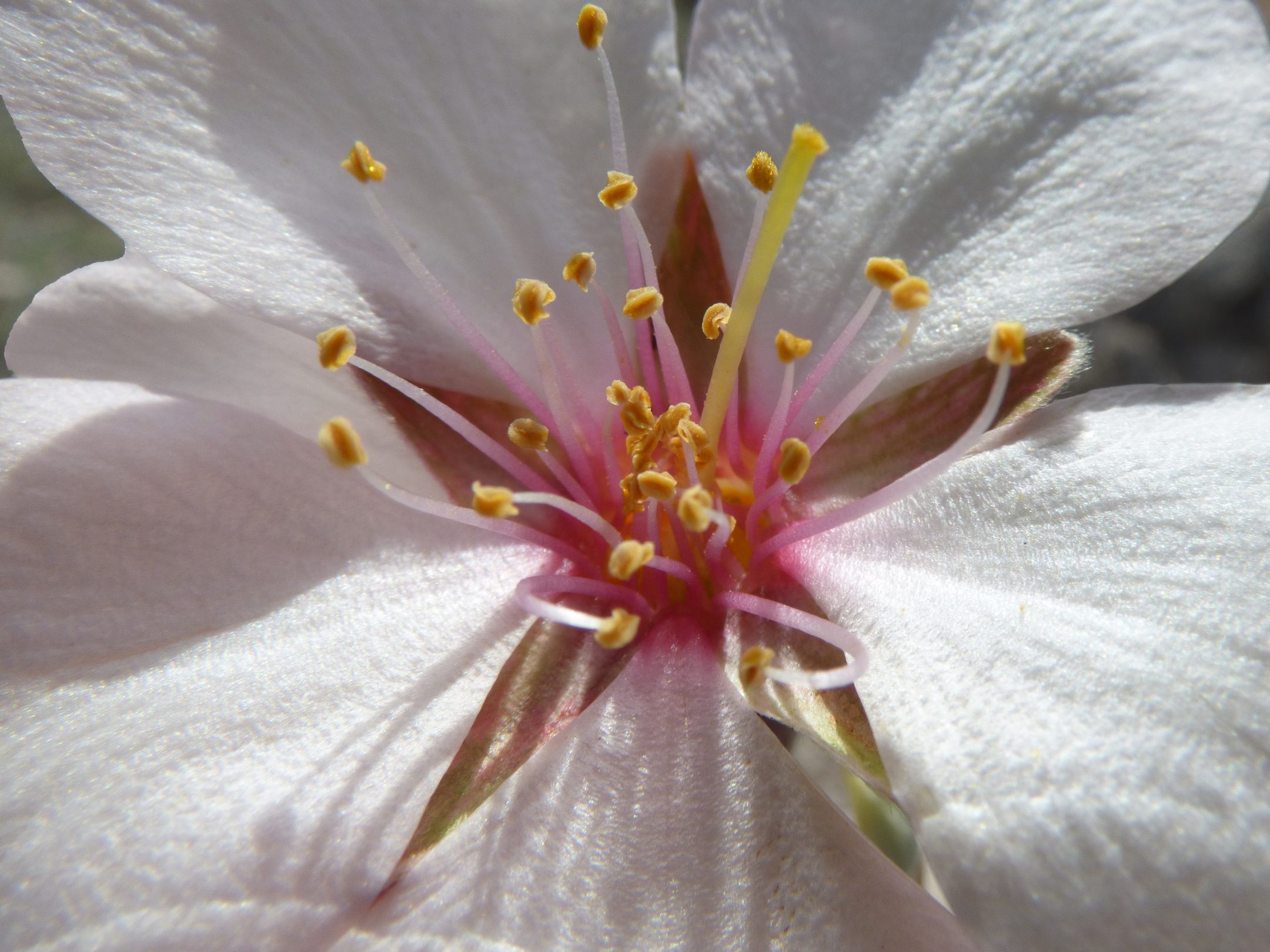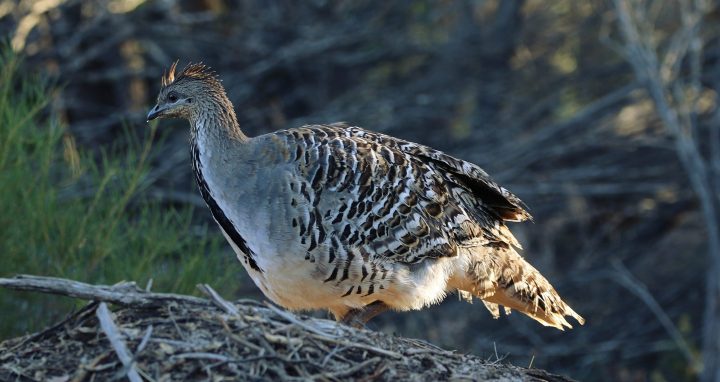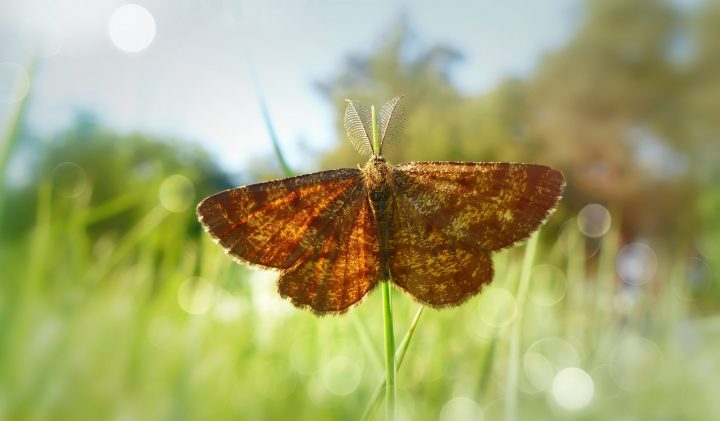Pollinate
One of the ways that plants can produce offspring is by making seeds that contain the genetic information to produce a new plant. Seeds can only be produced when pollen grains reach the hidden ovaries within a flower. Flowers have developed wildly diverse forms and activities, such as the production of sweet nectar to attract organisms such as bees and butterflies, that move from flower to flower, transferring pollen. Flowers will also adapt to make use of environmental influences such as wind and water as pollinators.
Sense Chemicals (Odor, Taste, etc.) From the Environment
Chemicals are important for signaling and communication among living systems, either intentionally (such as when two living systems try to find one another) or unintentionally (such as when a plant emits a chemical signal that an herbivore can use to find a tasty bite). They are also important for other uses, such as navigating or finding sources for minerals. But chemical signals are often relatively weak and disperse when moving through water or gases. Therefore, detecting them requires specialized abilities, including a way to determine where they are coming from. A well known example of sensing chemicals can be seen in ants following a pheromone trail laid down by others in their colony to locate a quality and abundant food source.
Regulate Reproduction or Growth
Reproduction and growth are two physiological processes that occur in all living systems. There are situations when conditions are right for both, and other situations when continuing either harms the living system because both have a very high energy cost. Reproduction and growth are unique in that both can stop until conditions improve, although stopping either for an extended time can cause problems. An example of regulating reproduction is a process called delayed implantation or embryonic diapause found in some mammals, such as otters. An otter’s embryos sometimes temporarily cease developing and won’t develop further until the female senses that conditions are suitable.









